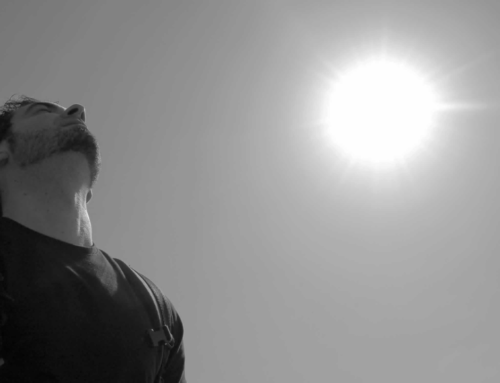The Chiropractic approach to health integrates art, science and philosophy of optimizing the human innate (you’re born with this) healing systems. Chiropractic adjusting methods are applied to systematically remove neurological/structural/functional interferences thereby returning the innate healing capacity to the system.
The methods I use in practice are specialized integrated procedures including chiropractic biomechanics, functional neurology, soft tissue reflexes, chiropractic craniopathy, extremity adjusting, and soft tissue orthopedics (organ correction).
Healing is the key concept here. In life we inevitably endure stress but we are designed to do more than just survive it, we are designed to repair ourselves and thrive. This requires that the bones, joints, muscles, tendons ligaments and nerves maintain proper alignment, good connections, stability and above all sound wiring.
In my practice I give special attention to neurological indicators powered by bone and soft tissue connections to the Nervous System through proprioception. Our body’s network of nerves and proprioceptors (sensors) impact everything from timing of muscle firing to the information about joint position.
These sensors are most heavily concentrated in the upper spine, lower spine and feet. It’s no coincidence that these are the body regions that require most frequent adjusting and have the biggest impact in aiding the healing process.
The basics of Chiropractic analysis takes into account individual joint mechanics including alignment and range of motion. The SOT perspective defines fixation as it occurs in phases of respiration (inhale v exhale) in addition to seeing the whole spine’s contributions to the 3 primary respiratory pumps (Spheno-basilar, Atlanta-Occipital & Sacral). Proper movement of these joints coordinated with respiration pumps cerebrospinal fluid evenly up and down the spine and brain.
It sounds complex but good wiring and feedback systems are critical to all electrical networks. Think about the wiring in your home that gives power to your appliances and how many steps it takes before you are standing in front of your circuit breaker box? First you flip the switch and the light in the Den doesn’t go on and next you realize the the cable box and tv are out too…just like that you are examining dozens of switches on an unlabeled grid but you can easily pick out the problem circuit. If the circuit was overloaded you you just have to flip the switch, and remove any problem appliances (think stress) and repeat until the circuit stabilizes and stays ON.
Before you go changing all the lightbulbs and batteries in the remote controls check the circuit breakers, after all they are designed to turn off when under the wrong amount of stress. The human body has thousands of mini circuits that can be assessed with Chiropractic methods and should be checked regularly. Getting adjusted before your circuits blow saves you time and keeps you in the ON position.





Leave A Comment